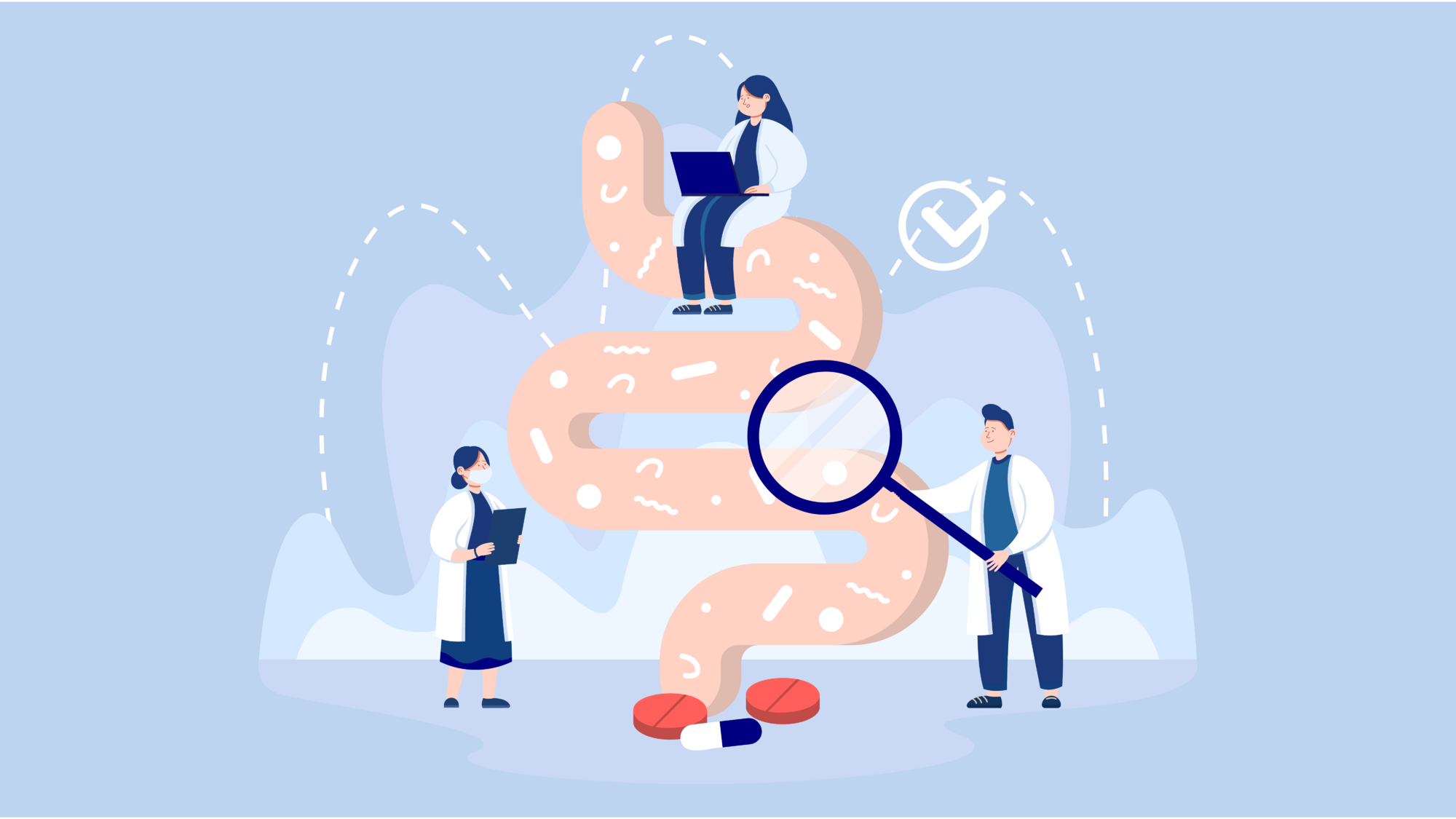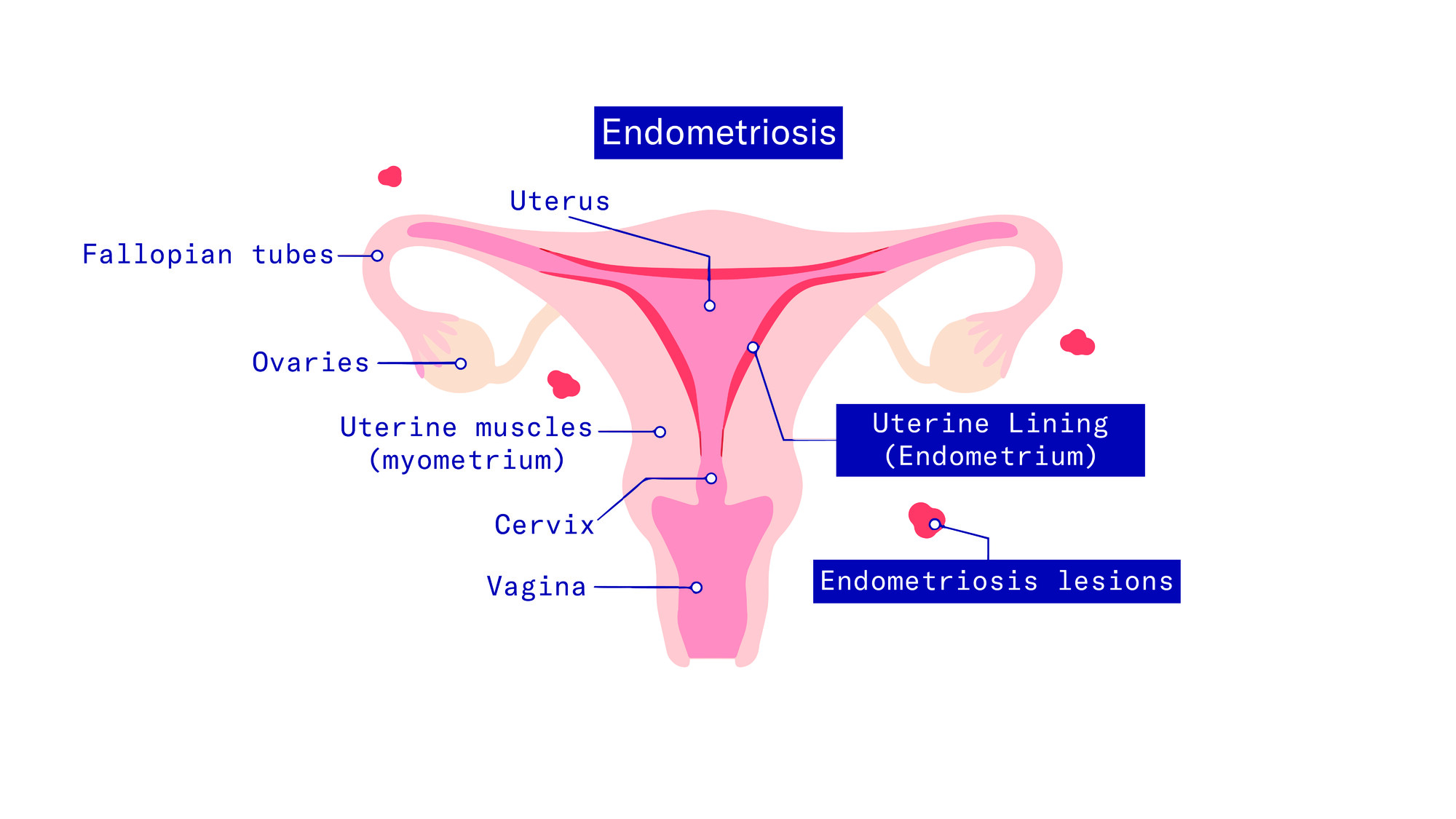1. What Exactly Is Diabetes?
Diabetes mellitus – often just called “diabetes” – is a chronic metabolic disorder where the body can no longer regulate blood sugar properly.
Normally, the hormone insulin, produced by the pancreas, ensures that sugar (glucose) moves from the blood into the cells – fueling muscles, organs, and the brain. In diabetes, this mechanism fails.
The result:
- Sugar builds up in the blood, causing high blood glucose levels.
- Organs and tissues don’t get the energy they need.
- Over time, excess sugar damages blood vessels and organs – with severe consequences.
But here’s the thing: Not all diabetes is the same. There are different types, each with unique causes and treatments. The two most common are Type 1 and Type 2.
2. Types and Causes of Diabetes
Type 1 Diabetes – An Autoimmune Disease Requiring Lifelong Insulin
In type 1 diabetes, the immune system attacks the body’s own beta cells in the pancreas, which produce insulin. When around 80% of these cells are destroyed, the body can barely make insulin – or none at all.
What does that mean? Without insulin, sugar can’t enter cells. Blood glucose rises dramatically.
Type 1 often starts in childhood or adolescence, but adults can be affected too. Researchers know:
- Genetics play a role.
- Environmental triggers, such as viral infections, can spark the disease.
The tricky part: It often develops suddenly. Within weeks, someone can go from feeling healthy to a life-threatening condition – diabetic ketoacidosis.

Type 2 Diabetes – The Silent Epidemic
Type 2 diabetes accounts for around 90% of all cases. Once called “adult-onset diabetes,” it now affects younger people – even children.
What happens here?
- The body still makes insulin – at first.
- But cells respond less and less to it – a condition known as insulin resistance.
- Over time, the pancreas can’t keep up.
Main risk factors include:
- Overweight and abdominal fat
- Physical inactivity
- Unhealthy diet
- Genetic predisposition
Put simply: Type 2 diabetes is often a lifestyle disease, thriving in a world of calorie-dense food and sedentary habits.
The danger: Symptoms develop slowly and can go unnoticed for years – until complications appear.
Other Forms: Gestational Diabetes and Rare Types
Besides type 1 and 2, there are other forms worth noting:
- Gestational diabetes: Appears during pregnancy and usually resolves afterward, but increases future risk of type 2.
- Monogenic diabetes (MODY): Rare, genetic, requiring specialized treatment.
- Secondary diabetes: From pancreatic disease or hormonal disorders.
And an important distinction: Diabetes insipidus may sound similar but has nothing to do with blood sugar – it’s a completely different disorder.
3. Symptoms: Recognizing the Warning Signs
Diabetes is dangerous not because it strikes suddenly, but because it often stays hidden. Many people live for years without knowing they have it.
So what should you watch for?
Classic Signs of Type 1 Diabetes
Type 1 symptoms appear quickly and severely, often after an infection:
- Constant thirst and frequent urination – the body tries to flush out excess sugar.
- Unexplained weight loss – even with normal or increased appetite.
- Fatigue and weakness – no sugar in the cells means no energy.
- Nausea and stomach pain – early signs of blood acid buildup.
- Blurred vision – high sugar levels make the eye’s lens swell.
Danger zone: Untreated, type 1 can cause diabetic ketoacidosis – a medical emergency marked by deep breathing, fruity breath odor, and loss of consciousness.
Symptoms of Type 2 Diabetes: The Silent Threat
Type 2 develops slowly and quietly. Many have no clear symptoms at first. Possible warning signs:
- Frequent infections, like fungal skin infections
- Slow-healing wounds
- Tingling or burning in feet
- Persistent tiredness and low energy
- Blurred vision
Because these symptoms are vague, type 2 often goes undiagnosed for years – until serious damage occurs.
4. Diagnosis: How Doctors Confirm Diabetes
Doctors rely on blood tests, not just symptoms. Key indicators:
- Fasting blood glucose: ≥126 mg/dl (7.0 mmol/L)
- HbA1c: ≥6.5% – reflects 2–3 months’ average sugar
- Oral glucose tolerance test (OGTT): ≥200 mg/dl after two hours
Additional tests include:
- Antibody screening: Confirms type 1
- C-peptide test: Measures insulin production
- Genetic testing: For suspected MODY
Why so precise? Because the right treatment depends on the exact type.
5. Treatment: Modern Diabetes Care
The goal: Stable blood sugar levels to prevent complications and maintain quality of life.
Type 1: Insulin Is Essential
Type 1 patients cannot survive without insulin. The main approach:
- Intensive insulin therapy – long-acting insulin for basal needs, rapid-acting for meals
- Insulin pumps for continuous delivery
- Advanced tech: Continuous glucose monitoring (CGM) and hybrid closed-loop systems make management easier than ever.
Type 2: Lifestyle First, Medication If Needed
For type 2, the foundation is:
- Weight loss
- Balanced diet – high fiber, low sugar and saturated fat
- Physical activity – at least 150 minutes/week
If that’s not enough:
- Metformin as first-line medication
- Modern drugs like GLP-1 receptor agonists and SGLT-2 inhibitors, which also protect heart and kidneys
- Insulin only when other treatments fail
Care is a team effort – doctors, dietitians, and diabetes educators work together.

6. The Course of Diabetes: What to Expect
Diabetes isn’t a short-term illness. It’s a long-term condition – but one you can control.
Type 1: A Lifelong Companion, Manageable With Care
With good self-management and technology, people with type 1 can live full, healthy lives. Regular monitoring and insulin adjustments are essential. Studies show: Well-controlled patients now have near-normal life expectancy.
Type 2: Sometimes Reversible
The story of type 2 can change dramatically with lifestyle intervention.
- Weight loss and activity can improve blood sugar – even lead to remission.
- Without treatment, the disease progresses: insulin resistance worsens, and insulin injections become necessary.
Recent studies confirm: Early, aggressive lifestyle changes can reverse type 2 in many cases.
7. Long-Term Risks: When High Sugar Damages the Body
Uncontrolled diabetes silently attacks blood vessels and nerves. Major complications include:
- Heart and vessels: Heart attack, stroke
- Eyes: Diabetic retinopathy leading to blindness
- Kidneys: Chronic kidney disease, dialysis
- Nerves: Neuropathy causing pain, numbness
- Diabetic foot: Poor healing, possible amputations
The scariest part: These problems often start before symptoms appear. That’s why regular checkups – eyes, kidneys, nerves – are essential.

8. Final Thoughts: Knowledge Is Power
Diabetes is a global challenge – but not a hopeless one. With knowledge, early action, and consistent care, you can manage it.
- Understand your risks.
- Recognize warning signs early.
- Stick to your treatment plan.
Diabetes doesn’t have to control your life – if you take control first.
The contents of this article reflect the current scientific status at the time of publication and were written to the best of our knowledge. Nevertheless, the article does not replace medical advice and diagnosis. If you have any questions, consult your general practitioner.
Originally published on







